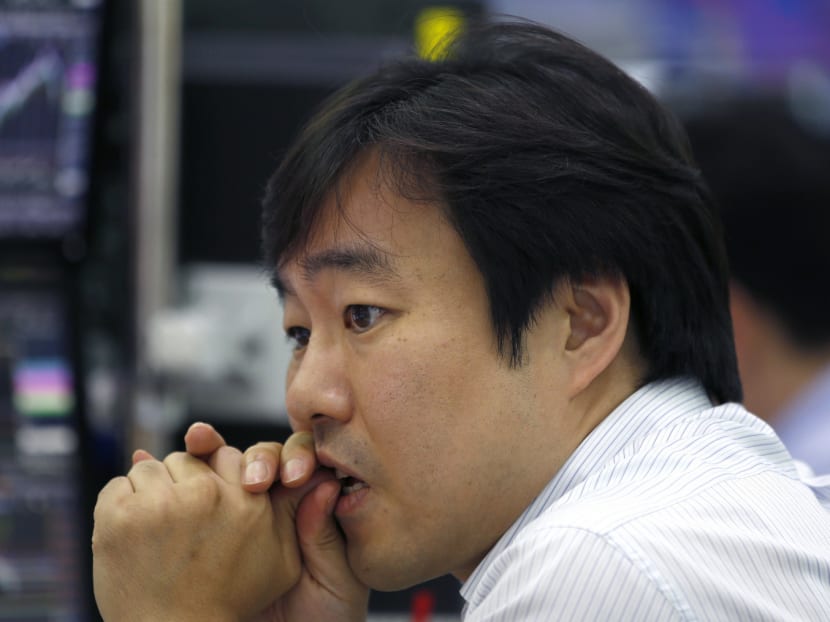Robots put several skilled jobs in S’pore at risk: Study
SINGAPORE — In Scotland, companies are trying out robots that can read the financial market to dispense advice to investors, as automation in the services sector takes off.
SINGAPORE — In Scotland, companies are trying out robots that can read the financial market to dispense advice to investors, as automation in the services sector takes off.
Such technological advancements might bring about more opportunities for Singaporeans, but some jobs here, even ones perceived to be higher-skilled, may not survive into the future, said researchers behind a new International Labour Organisation (ILO) study on Association of South-east Asian Nations (Asean) members.
Looking at the impact of technology on five key sectors in the region — automotive and auto parts, electrical and electronics, textiles and footwear, business process outsourcing and retail — the study estimated that about 56 per cent of all salaried jobs in Cambodia, Indonesia, the Philippines, Thailand and Vietnam is at “high risk of displacement” due to technology, in the next two decades. Although the risk of this happening in Singapore is lower as it has a smaller proportion of low-skilled labour, there are technologies that can displace even highly skilled labour, said researchers.
“The financial industry in Singapore, a lot of that can be done by robots that are much more accurate in terms of assessing financial markets. It’s not based on personal judgments, but mathematical equations that these robots use to assess if the stock market is going to rise,” said Ms Jae-Hee Chang, regional project coordinator of the Bureau for Employers’ Activities at the ILO. She added: “A lot of the European countries, like Scotland, have incorporated robotic financial advisers. So globally, there are technologies that can come in and challenge these Singapore workers.”
The study surveyed over 4,000 companies across Asean, including 507 companies in Singapore. Among its findings was that companies found labour with the right Stem skills — science, technology, engineering and mathematics — to be lacking here.
About 40 per cent of respondents here pointed to a lack of high-skill workers when asked what they perceived to be the biggest threats facing their company, up to 2025. This is higher than the Asean average of about 20 per cent. Ms Chang, however, noted that this could be because the demand for such skilled workers is higher in Singapore than in the rest of Asean.
Mr Stephen Yee, assistant executive director of the training group at Singapore National Employers Federation, said that the shortage may be exacerbated by the fact that graduates might not necessarily enter the fields that they studied.
Industries with a shortage of skilled labour include bioscience and aerospace, which need engineers, and e-commerce, which needs programmers, he said. There is also a demand for computer and robotic engineers.
Companies here are ready to adopt robotic technologies, but they find it challenging to do so. “They are asking, ‘where can we find these robot providers, and are they able to customise solutions for my business?’ Also, ‘can we find the skilled labour to operate the robots?’ We are trying to help them connect, but we find that this automation industry is so vast,” said Mr Yee.
On the whole, Asean also faces a shortage of female workers with Stem skills. Only 17 per cent of female students surveyed indicated they were enrolled in such courses, out of a survey of 2,700 students done as part of the study.
It is not all doom and gloom, however, as technology will still bring about opportunities for Singapore, especially in the electrical and electronics sector, leading to increasing exports. The Internet of Things — spanning technologies that connect everyday gadgets — would likely drive growth in this sector, via demand for sensors, connectivity and memory devices.







